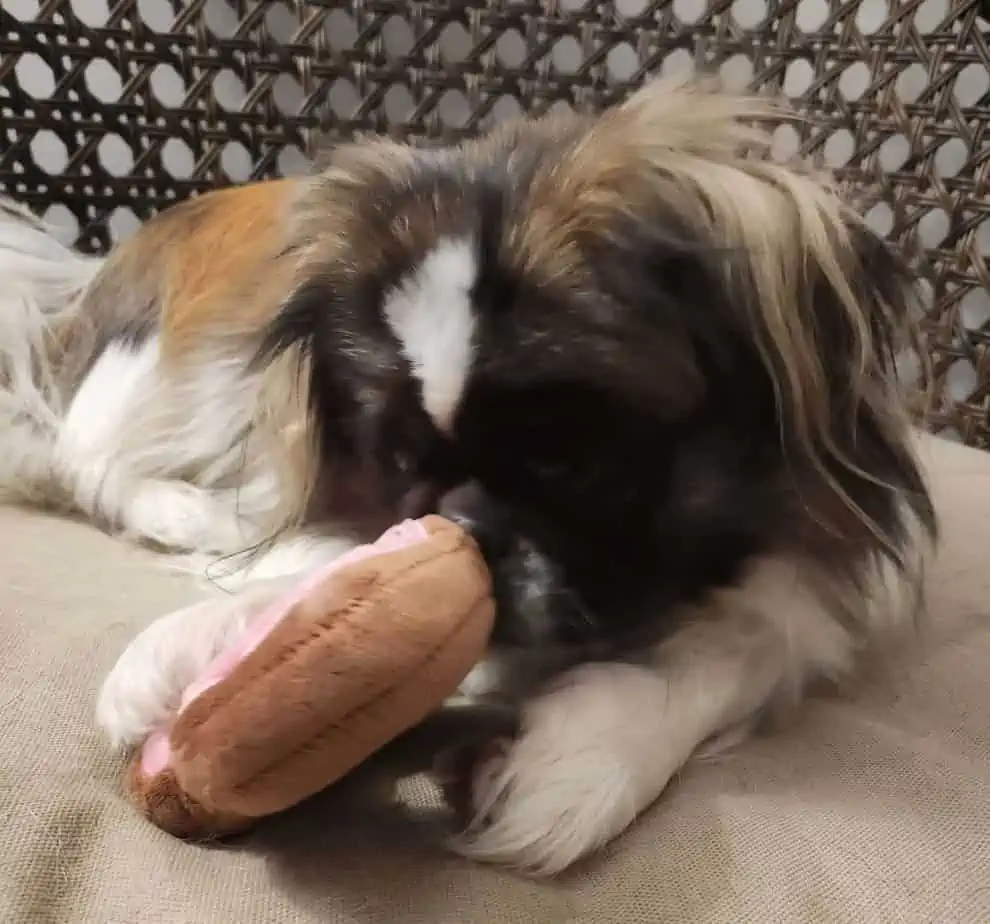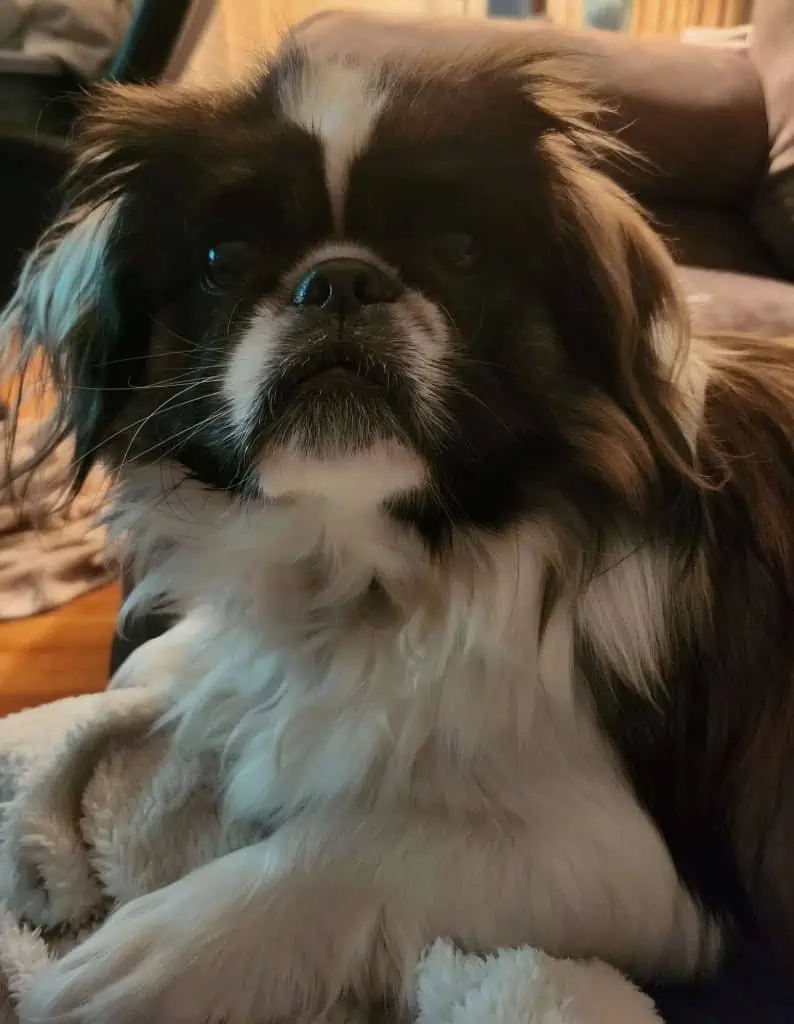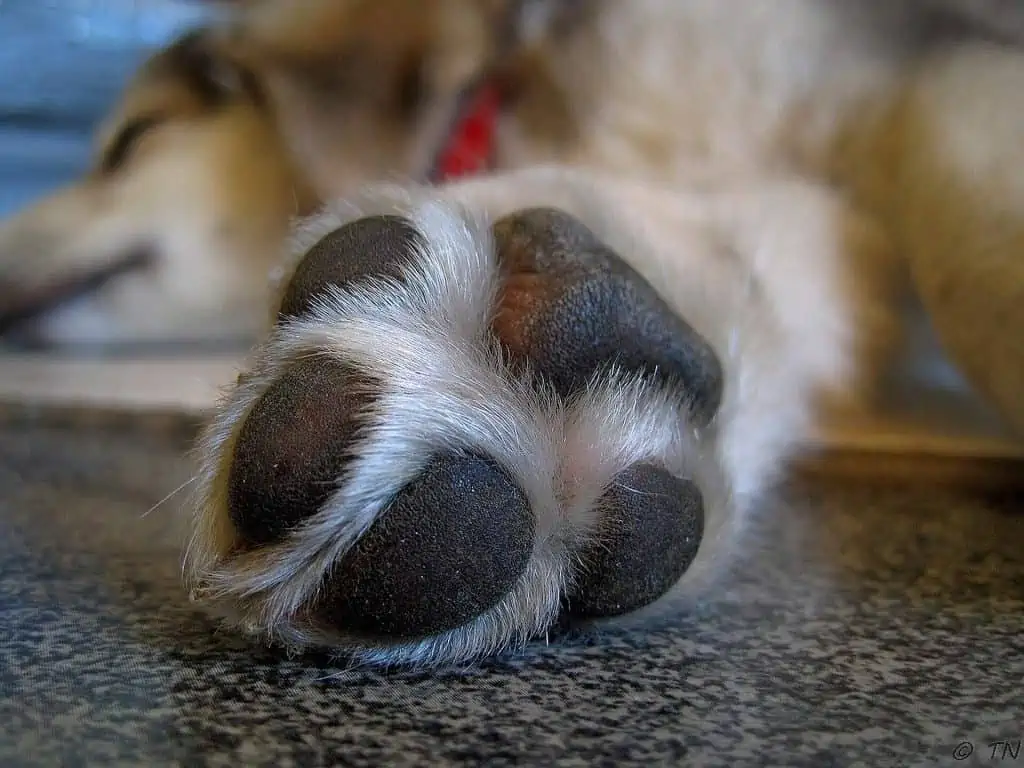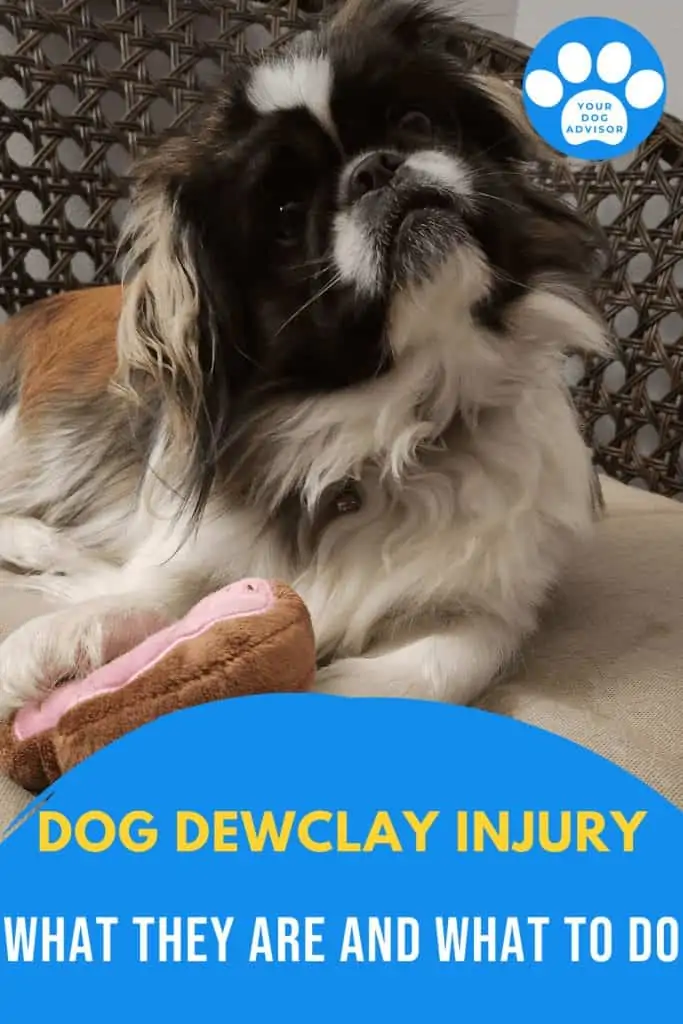It’s a normal day, and your dog is running around having fun as usual. Then suddenly they yelp, and you can tell something’s terribly wrong. There’s blood everywhere coming from their paw, they’re limping, and a nail you probably don’t even think about on the inner or upper paw is broken.
If this happens, you’re likely dealing with a dewclaw injury. These are special claws on the inside of a dog’s paw. Certain breeds may have more or less of them on different paws, but most dogs have at least one on each front paw.
We don’t think about them much because they’re mostly out of the way, but they serve functions in digging and climbing. They can also get broken and cause plenty of pain and problems.
If you notice a broken nail, bleeding, and limping, it’s important to stay calm. Assess the seriousness of your pup’s injury, stop the bleeding, and call the vet for extra help. After treatment, you and your pup need to respect the recovery process and let the nail heal while looking out for signs of infection.
Broken dewclaw nails can cause painful injuries for your dog.
Contents
What Is a Dewclaw?
A dewclaw is a special claw tucked away on the inner part of a pet’s paw. Some dogs have them on both their front and back paws, but many only have them on the front paws. It depends on the breed. Working breeds are more likely to have back dew claws.
These claws are much like the human thumb in that they help dogs latch on to things. Front dewclaws can help with grabbing items in their paws better. They catch their bones or toys with them to keep them stable while chewing. They may also help with running and climbing.
Hind dewclaws may not be as attached to the skin and may be floppier than front dew claws. Because of this, working breeds that have them may be more susceptible to injuries.
Symptoms of a Dewclaw Injury
Dewclaw injuries hurt. If you’ve ever had a fingernail break at just the right place, you may have a small idea of the pain your pup is in.
Thankfully, these injuries usually make themselves pretty obvious. You should be able to tell pretty quickly that your pup has been hurt.
If your dog’s nail gets caught and broken, it’ll cause a lot of bleeding. You should be able to see a bloody nail where the claw is.
You can tell if your pup has a nail injury by looking for limping, blood, excessive licking, or a displaced nail.
If it’s not as obvious, you can try looking at their paw (provided they’re okay with it) and check to see if the nail is displaced. You may notice the nail is broken or dangling from the rest of the nail.
If the injury is a result of an overgrown nail, you may notice limping and inflamed skin at the nail. You’ll also be able to see the nail curled inward.
On top of limping and bleeding, they may also lick their paws obsessively.
Treating a Dewclaw Injury
While it’s possible to treat minor dewclaw injuries at home, it’s best to call a vet if you think it’s severe or if you’re not comfortable handling it. If this is your first time dealing with this type of injury, you may want to leave it to the professionals, especially if your dog is in a lot of pain and scared.
If you have the clippers and experience to do it, you’ll need to cut away any dangling nails. Making a clean cut above the dangling nail should help prevent any further injuries. Be careful not to get the quick.
While minor injuries may be handled at home, it’s best to call the vet in case of a severe emergency or if you’re not comfortable treating your pup. Keep in mind that your companion may be very scared and lash out if they’re in enough pain.
If you’re not comfortable doing this or your dog is in so much pain that they’re scared to let you touch the foot, let the vet handle this. Depending on the severity of the injury, your dog may unintentionally snap at you out of fear and pain. They may need to be sedated for treatment.
If you notice a bleeding injury, you’ll want to stop it. You’ll likely need a first aid kit with styptic powder and gauze. Apply the disinfectant to the wound if possible. Use disinfected gauze to compress the wounds and stop the bleeding.
No products found.
Again, if your dog is bleeding too much and is in extreme pain, call the vet. Do not try to try to treat a scared and injured dog if you’re not confident that you can do it properly. You could make the injury worse or get yourself hurt.
Recovering From a Dewclaw Injury
The recovery process is important for your dog after a dewclaw injury. If not recovered properly, the paw may not go back to normal. It takes time and patience.
If your companion got this wound from running around, you may want to make them take it easy for a while. No intense runs or big running games. That paw needs to rest.
Make sure you’re checking the paw and replacing the bandage each day until recovery is complete. Keep the area clean and wash it every day. Keep your pup from messing with the dressing or wound. You may need to use a bitter spray or another method to discourage them.
No products found.
Watch out for any signs that the injury is becoming infected. Always check for inflammation in the area, pus or discharge from the infected area, or blood. If you think the injury is getting infected, call your vet right away.
Preventing Dewclaw Injuries
Injuries can happen at any time, so it may not be possible to prevent them all. But there are steps you can take to limit your pup’s risks of dewclaw injuries.
Make sure your pup’s nails are all trimmed, including the dewclaw. Some injuries are caused by overgrowing nails. If the nail curls into the skin, it can cause injuries and pain. Long nails are also more likely to get caught on things and break.
You should get your pup used to having their nails trimmed early so you can trim them whenever necessary. It’ll help prevent injuries to your pup and you. You don’t want your companion getting nervous about you touching their feet when they’re adults.
Keeping your pup’s nails trimmed and healthy can help prevent injuries.
You may also want to keep your pup’s metabolism and nutrition in mind. If you notice that their nails break easily, you may want to invest in vitamins and supplements. They can boost their immune system which can help give them stronger, healthier nails that won’t break as easily.
No products found.
Keeping all of your pup’s nails healthy can help prevent dewclaw injuries and any other nail-related health problems.
Taking Care of Your Dog’s Dewclaw
Dewclaws are important. They help dogs eat, climb, and run. But they can also cause them problems, even if they’re taken care of properly.
Always be alert when your pup starts limping, bracing one paw, or licking their paw obsessively. Be especially alert if the paw area is bleeding for more than half an hour.
While minor injuries can be treated at home if the owner is confident enough, it’s best to call the vet, especially if the dog is freaked out. Vets are trained to deal with hurt, scared dogs and armed with sedatives and painkillers. You are not.
Do not leave injuries alone and hope they heal on their own. The injury may never heal if left alone, leaving your pup with a painful injury.
Keep your pup’s nails trimmed and healthy to help prevent injuries. Always keep your vet’s contact information close in case you need to contact them in an emergency.
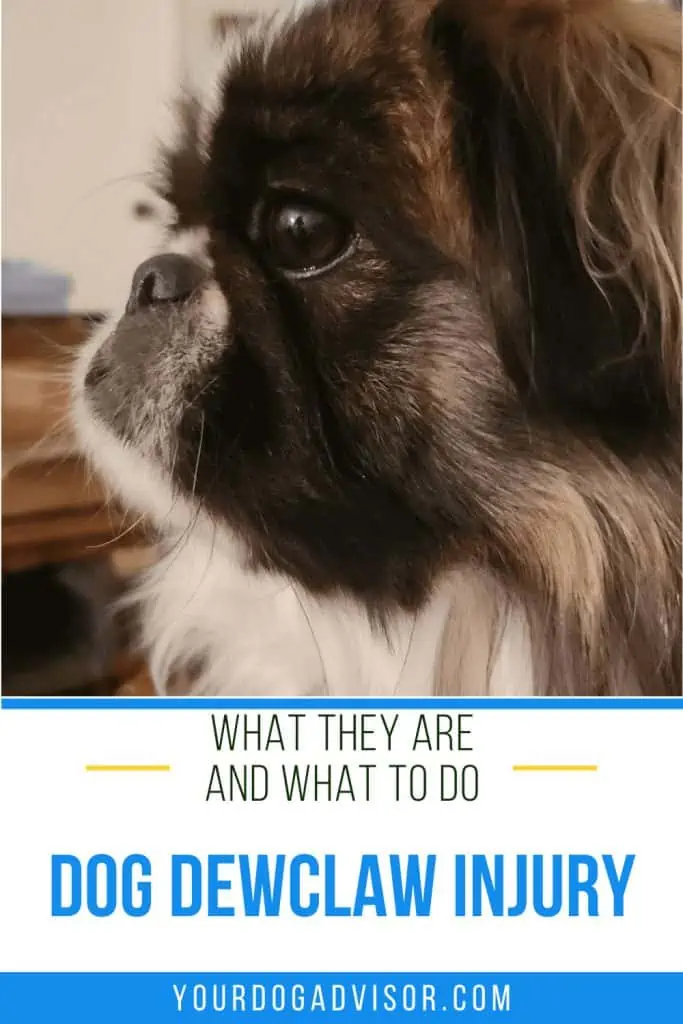

Jen Jones is a professional dog trainer and behavior specialist with more than 25 years of experience. As the founder of ‘Your Dog Advisor’ and the ‘Canine Connection’ rehabilitation center, she applies a holistic, empathetic approach, aiming to address root causes rather than merely treating symptoms.
Well known for her intuitive and compassionate approach, Jen adopts scientifically-proven, reward-based methods, encouraging positive reinforcement over punishment. Jen specializes in obedience training, behavior modification, and puppy socialization. Her innovative methods, particularly in addressing anxiety and aggression issues, have been widely recognized. Jen has worked with many of the world’s leading dog behaviorists and in her free time volunteers with local animal shelters and rescue groups.
